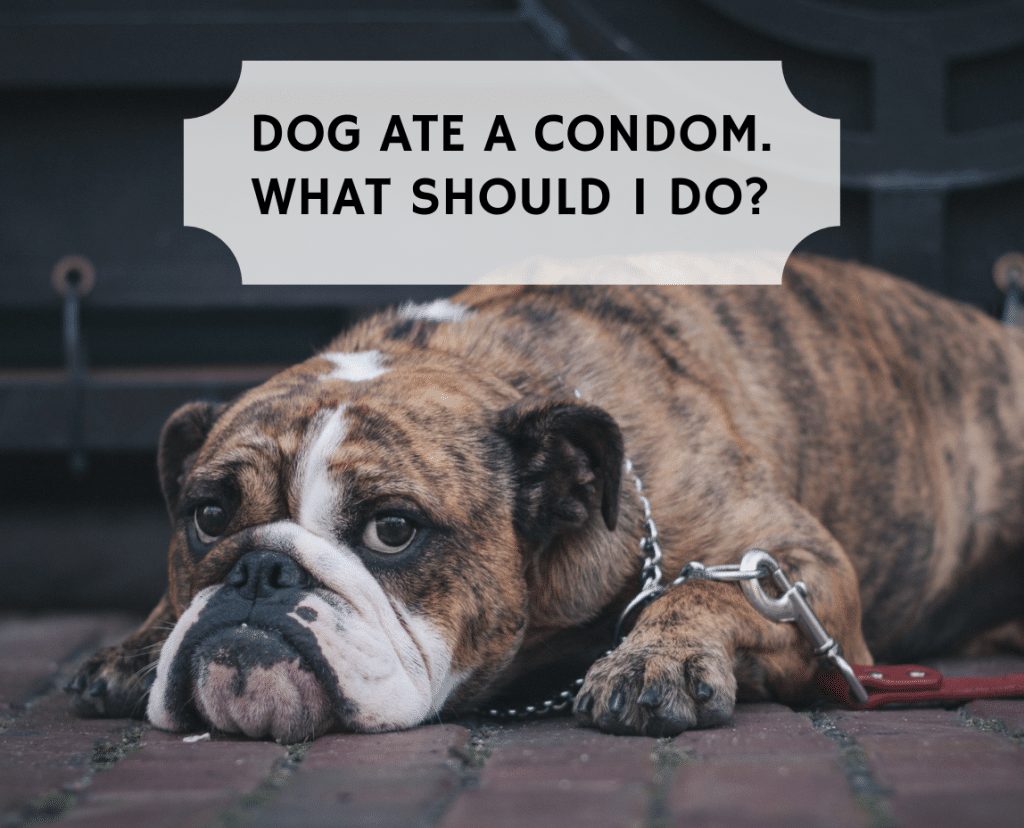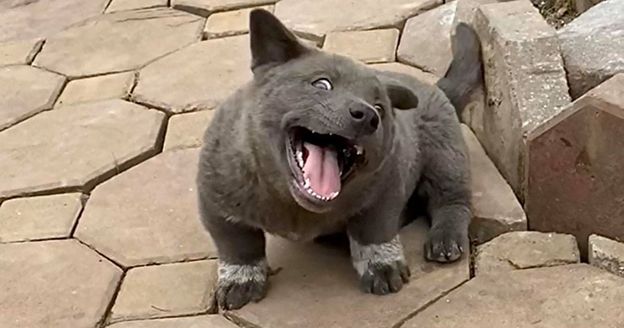

It may appear that your aging dog’s oral health is separate from the rest of her body, but nothing could be further from the truth. How does periodontal disease affect my dog’s health? What are the signs of periodontal disease in older dogs? Severe tartar and gingivitis are present visible bone loss of > 50%). Tartar and moderate to severe gingivitis are present 25-50% bone loss.

Tarter and mild to moderate gingivitis are present 25% bone loss around the teeth. Tartar is present along with gingivitis the alveolar bone is intact. What are the stages of periodontal disease? Stage 0 Dental X-rays under general anesthesia will help your veterinarian determine the stage of periodontal disease. If your vet suspects periodontal disease, he or she will classify the disease into one of the following stages. When alveolar bone loss exceeds 50%, teeth loosen and fall out on their own. It’s like cement on the teeth.Īs tartar accumulates, inflammation increases and bone loss occurs. This tartar cannot be removed by brushing alone. Plaque can be removed from the teeth by consistent routine brushing, but if allowed to remain, over time it will harden into tartar (i.e. gingivitis) and infect the alveolar bone surrounding the teeth. Bacteria in the plaque can cause an inflamed gum line (i.e. This disease starts when plaque, a sticky substance made from saliva mixed with food particles, builds up on the teeth. It is estimated that over 80% of adult dogs will develop some degree of periodontal disease by the time they are three years old. Periodontal disease is one of the most common health problems diagnosed by veterinarians. These include the gums (or gingiva), the periodontal ligament that anchors the tooth in place, and the alveolar bone that surrounds the tooth roots. Periodontal disease is inflammation or infection of the tissues around the teeth. If you’ve noticed your senior dog losing teeth and you can’t chalk it up to a fall, slip, or other form of trauma, it’s quite possible your dog has some degree of periodontal disease (i.e. Then I’ll share the connection between your dog’s oral health and her overall well-being, and finally, let’s talk treatment and prevention. But first, let’s look at why older dogs lose their teeth to begin with and discuss a few of the early signs. These are great questions that I’ll get to in just a second. So what can you do today to prevent tooth loss in the future, and what options are available if your dear old dog has already lost a tooth or two?
#DOG ATE CIMENT MIX PROFESSIONAL#
However, without regular dental exams, professional cleanings, and an awareness of the signs of dental disease, your senior pup could very well end up losing some of her teeth. Those are two important components in decreasing the odds of dental disease in dogs. Learn how early intervention and preventative treatments can help your dog live a healthier, happier (and pain-free) life.Īs a senior dog parent, how often do you think about your dog’s oral health? You may brush your dog’s teeth at home, and I’m sure you try make wise choices when it comes to safe chew toys for dogs. Buzby’s ToeGrips®, shares the signs, symptoms, and treatment options for dental disease in older dogs. Julie Buzby, integrative veterinarian and founder of Dr. If your older dog is losing teeth, it’s often an indicator of periodontal disease.


 0 kommentar(er)
0 kommentar(er)
